Last year’s Silent Hill 2 remake is interesting to analyze for several reasons, not the least of which being its remarkable similarities to the contemporary Resident Evil games. History has seemed to repeat itself, as Silent Hill was initially Konami’s response to Resident Evil, and so too is the Silent Hill 2 remake a response to Capcom’s Resident Evil remakes, on both the micro and macro levels.
From a broader game design standpoint, the Silent Hill 2 remake follows the same template as the 2019 remake of Resident Evil 2: it is a complete reimagining of the classic horror title, using modern hardware to make an experience that is not only visually stunning, but mechanically distinct from the original. Iconic regions and setpieces from the original Silent Hill 2 have been greatly expanded in the remake, boss fights and enemy encounters are more aligned with modern gaming sensibilities, and moment-to-moment gameplay is considerably more responsive and polished. Classic third-person shooting mechanics make Silent Hill 2‘s remake’s combat just as satisfying as any other modern survival horror game, and while its gunplay might not reach the same heights as something like the impeccably designed Resident Evil 4 remake, its melee options arguably surpass its competition.
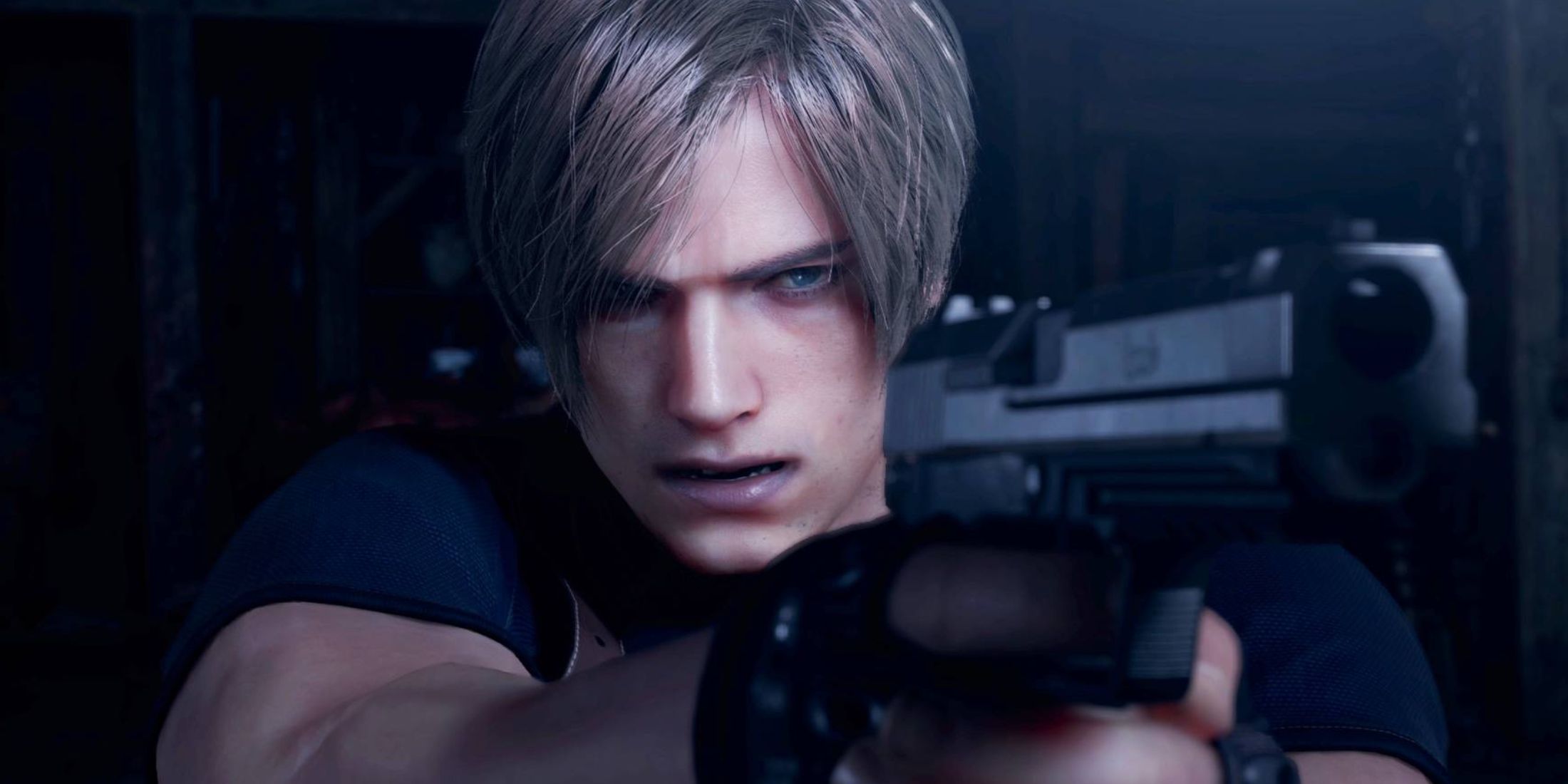
Related
When it comes to the biggest characters in the Resident Evil franchise, taking a bold approach to send-offs may be the best route.
Resident Evil Should Focus On Melee, Learning from the Silent Hill 2 Remake
How Melee Functions in Silent Hill 2
To call Silent Hill 2‘s melee mechanically complex or robust would be disingenuous. Ultimately, bashing monsters to death with a wooden plank or metal pipe is never more than a one-or-two-button affair, with a fair comparison being the underwhelming melee options of The Callisto Protocol. No, Silent Hill 2 isn’t going toe-to-toe with Metal Gear Rising: Revengeance or Sekiro, but its melee does a great job of diversifying combat encounters and deepening the pool of player choices.
Like most traditional survival-horror games, Silent Hill 2‘s gameplay loop is built around resource scarcity: managing ammunition and healing supplies is vital for success. Naturally, choosing to engage in melee combat is both less efficient and more dangerous, as it requires a player to approach monsters directly while doing less damage per hit than they would with a firearm. But melee combat is most effective as a strategic option, since players can choose to take these measured risks in an effort to conserve ammo. Of course, it’s also available as a last resort in the event that one’s ammo runs out entirely. Thus, it functions more as part of a larger tactical framework than a powerful or complex playstyle.
Resident Evil‘s melee options can vary from game to game, but they are never quite as satisfying or effective as what is offered in the Silent Hill 2 remake. One could criticize Silent Hill 2 for having “dumbed down” melee combat, but Resident Evil‘s iconic knifeplay is comparatively ineffectual and even frustrating, which is arguably worse. Slashing away at a zombie with a small knife, especially on higher difficulties, is borderline useless, so melee lacks the tactical advantage that it has in Silent Hill 2.
How Resident Evil’s Distinct Premise Could Make for Great Melee Combat
Protagonists in Silent Hill are everymen, ranging from tortured alcoholics (James Sunderland) to moody teenagers (Heather Mason). Resident Evil‘s protagonists, with the exception of Ethan and Rose Winters, are typically highly trained combat specialists. Someone like Chris Redfield should be an absolute powerhouse with or without firearms, slugging zombies with the effectiveness of Abby from The Last of Us.
By leaning into the action-hero personalities of its protagonists, Resident Evil could offer its own take on Silent Hill 2‘s melee, making it a viable and satisfying option in combat rather than an ineffectual last resort or quicktime event. With the RPG-lite progression of games like Resident Evil 4, perhaps future games in the series could even allow for dedicated melee builds—a major boon for replayability and player expression.
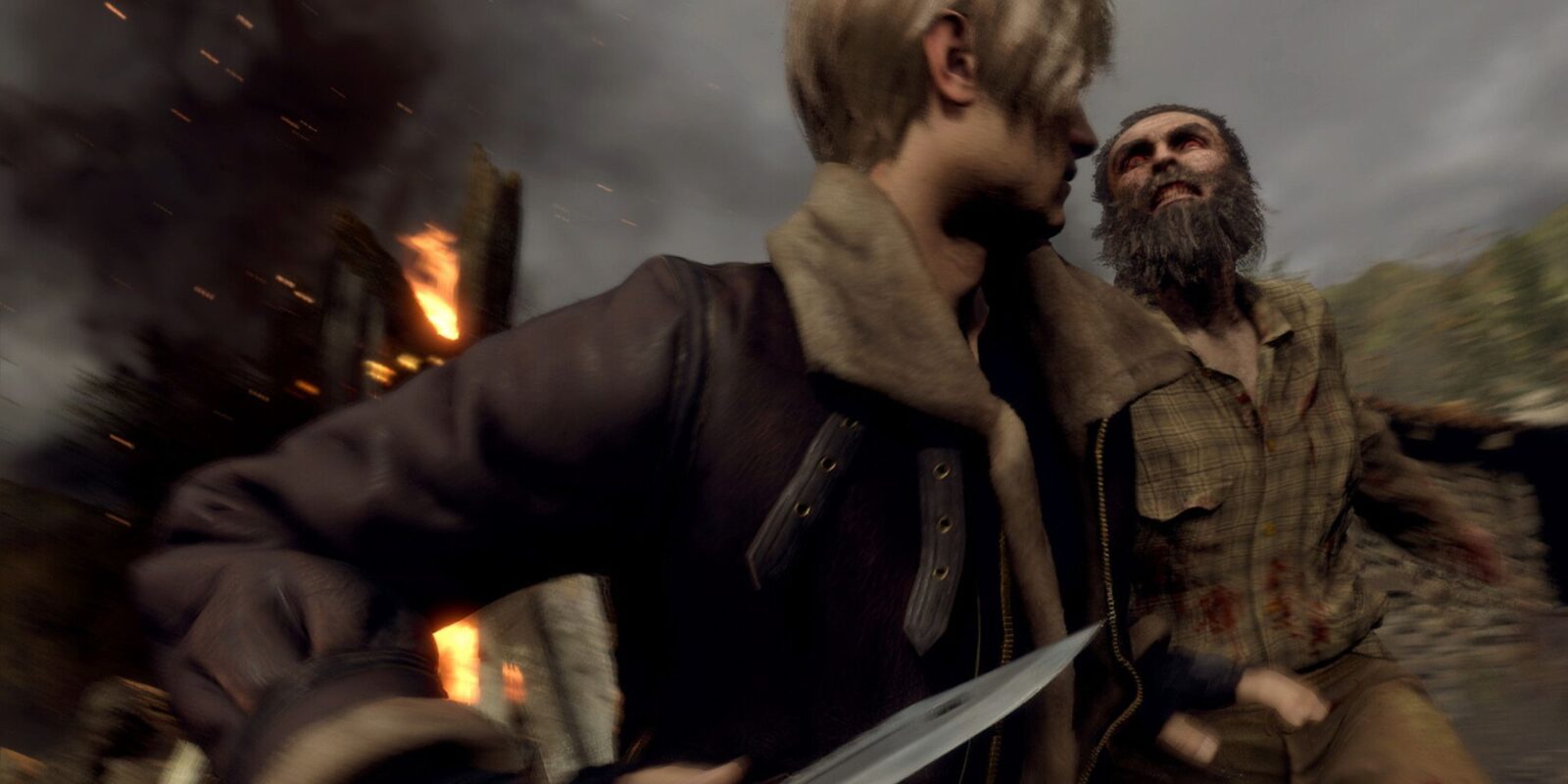
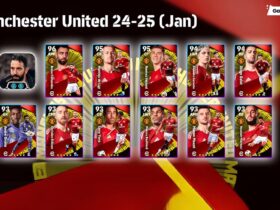
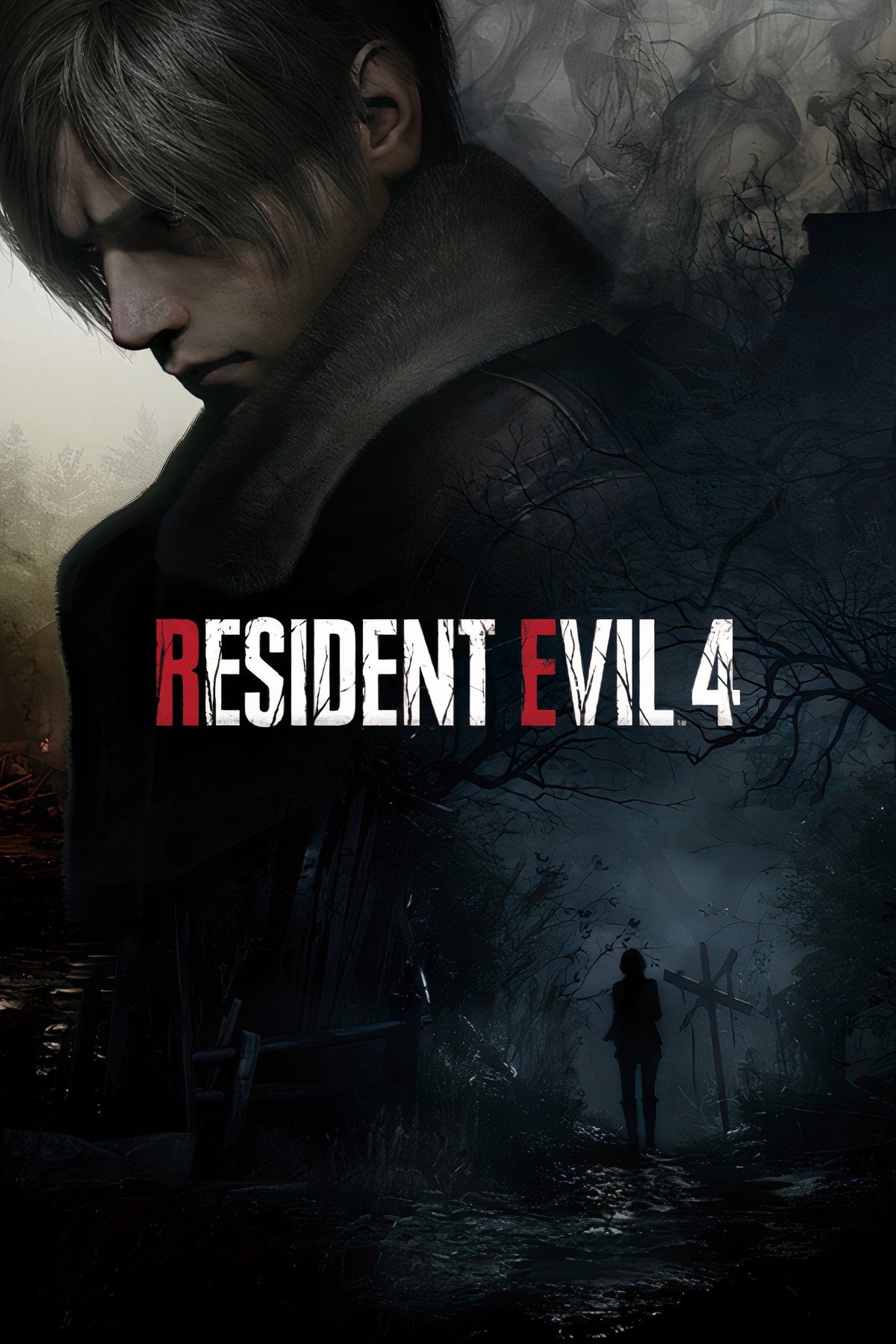


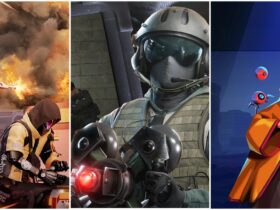


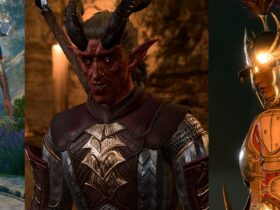
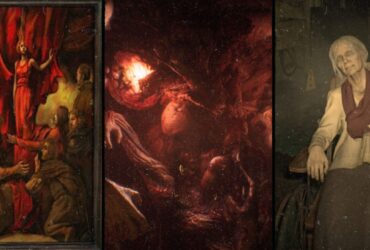


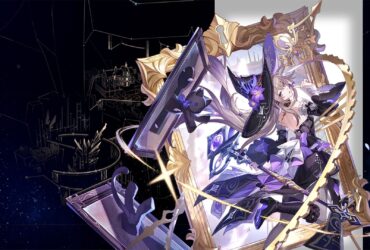
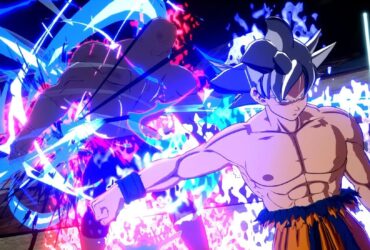
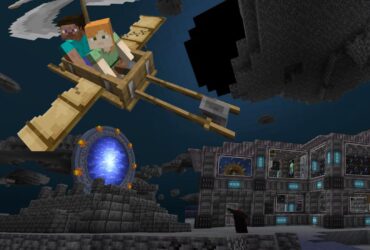
Leave a Reply